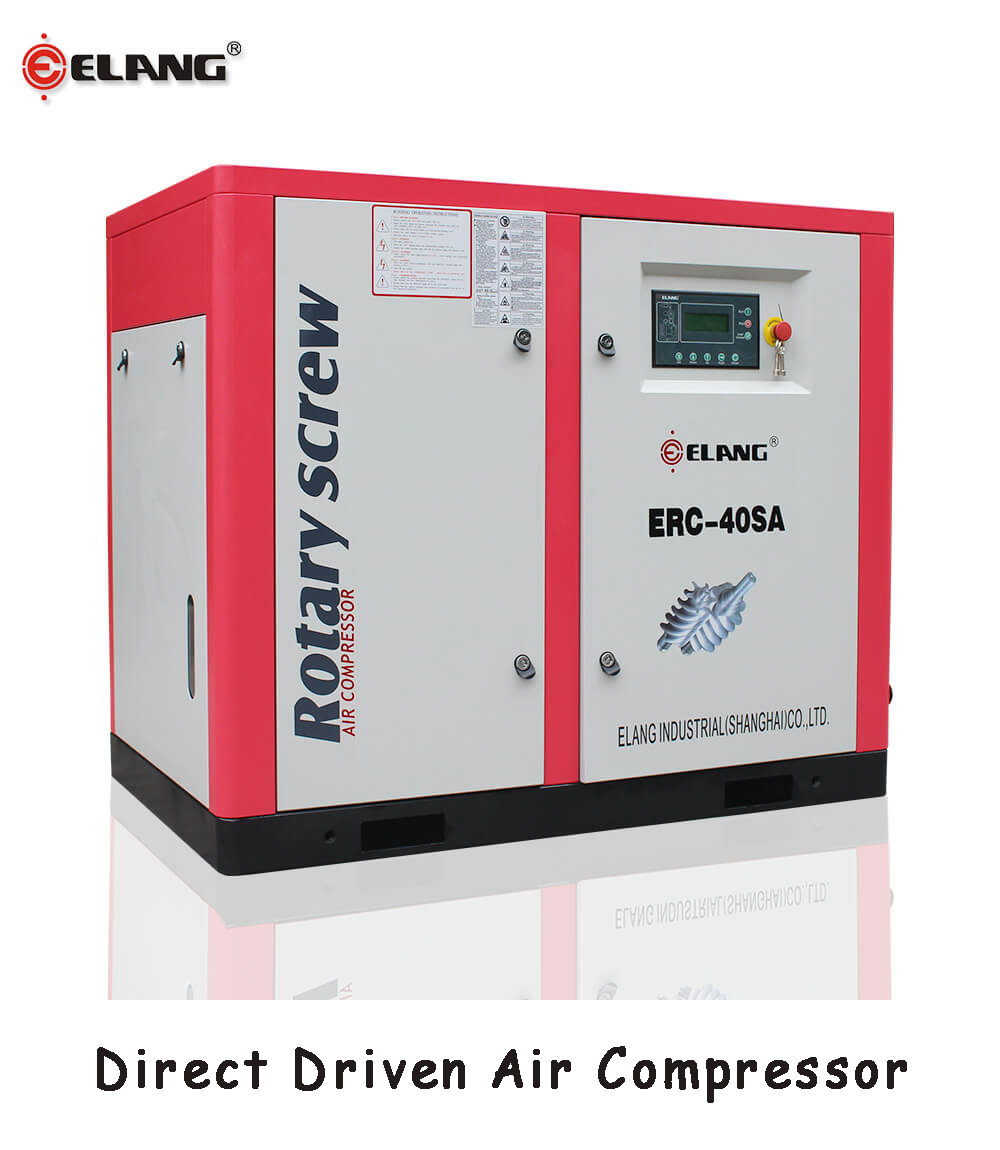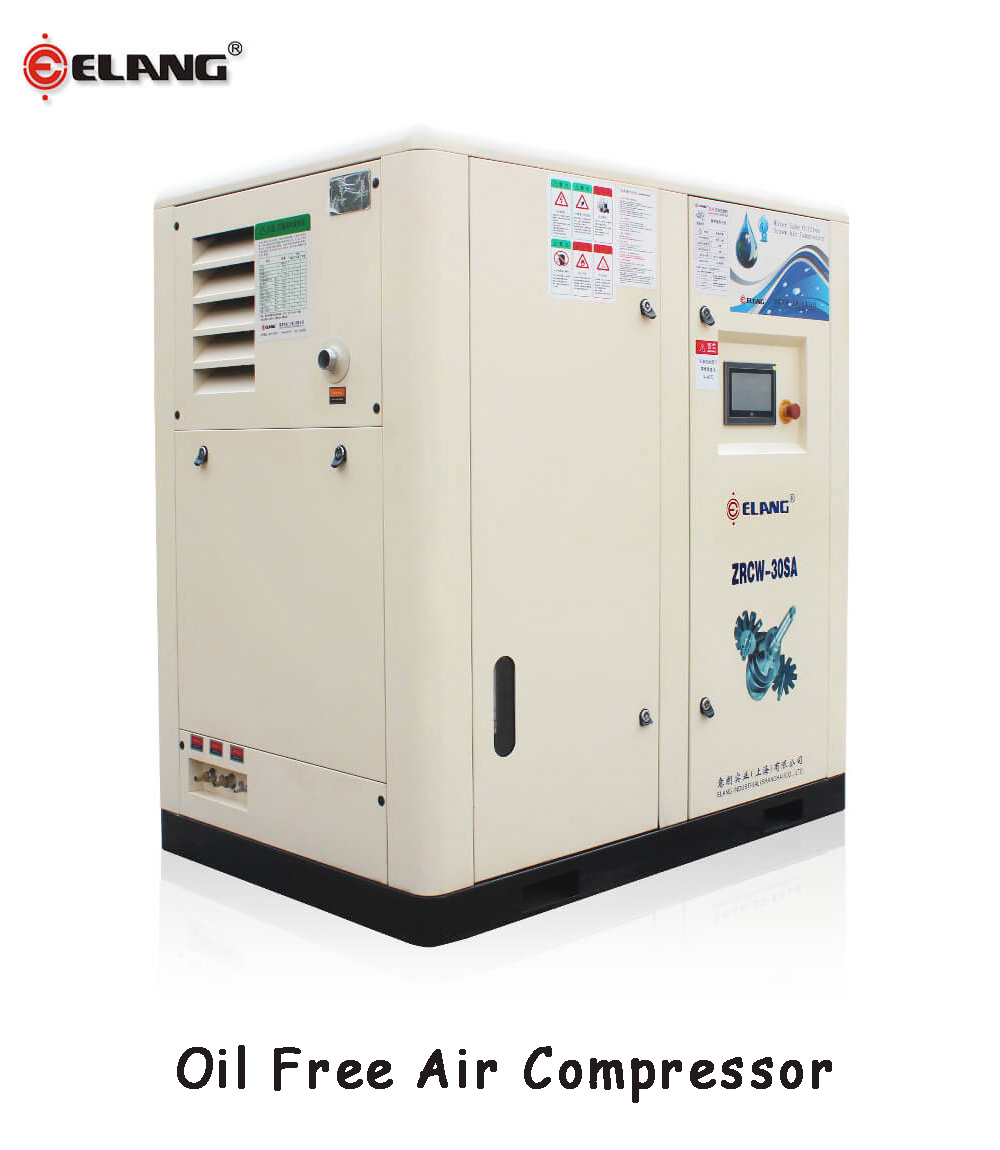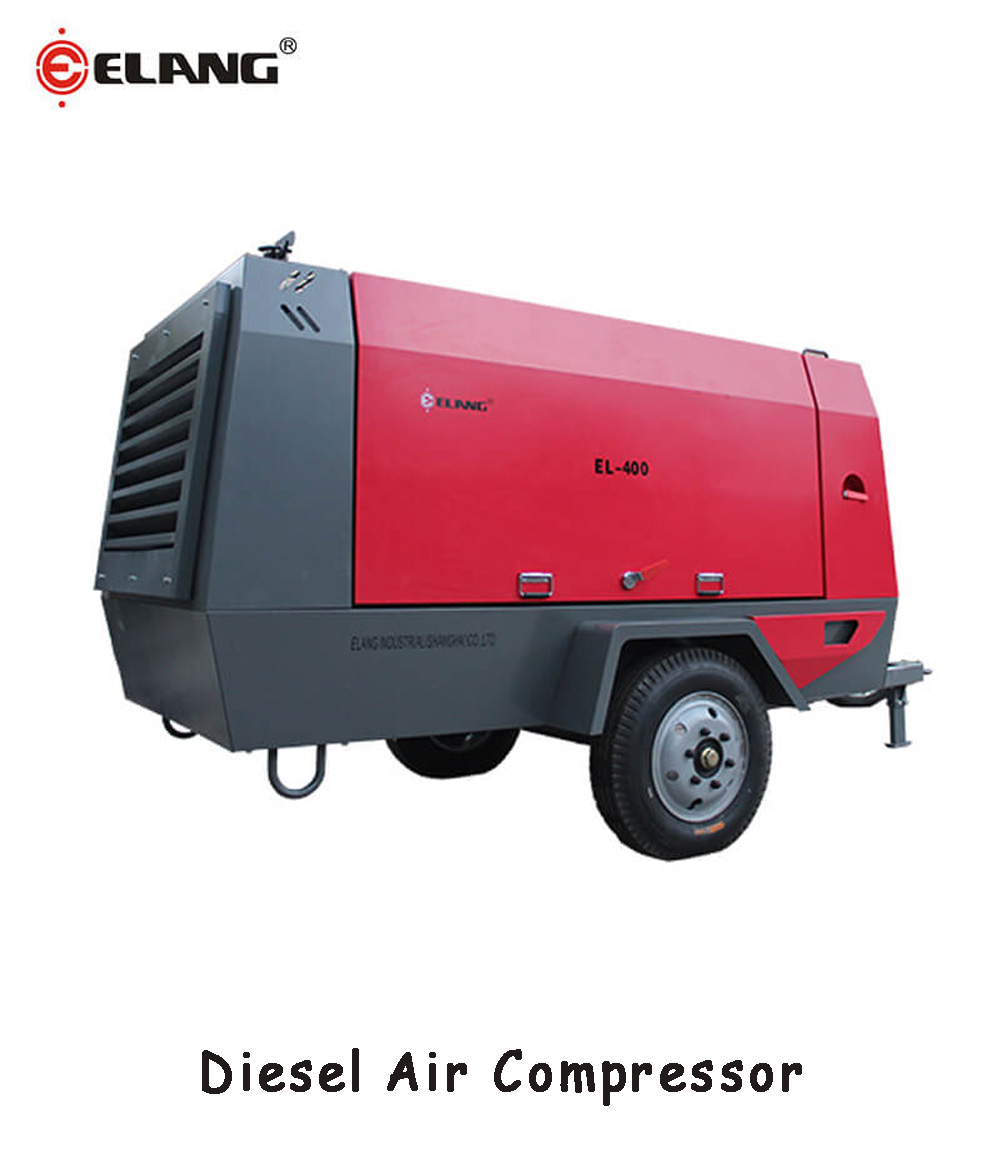
The principle of the motor
The motor, generally refers to the electric motor, also called the motor, is a very common thing in modern industry and life, and it is also the most important equipment for turning electrical energy into mechanical energy. Motors are installed in automobiles, high-speed trains, airplanes, fans, robots, automatic doors, water pumps, hard drives, and even our most commonly owned mobile phones.
Many people who are new to motors or have just learned the knowledge of motor dragging may find that the knowledge of motors is not easy to understand, and even see the relevant courses are very big, with the title of "credit killer". Through the scattered sharing, novices can quickly understand the principle of AC asynchronous motor.
Principle of motor:
The principle of the motor is very simple. Simply put, it is a device that uses electrical energy to generate a rotating magnetic field on the coil and drive the rotor to rotate. Anyone who has studied the law of electromagnetic induction knows that the energized coil will rotate in a magnetic field. This is the basic principle of the motor. This is the knowledge of junior high school physics.
Motor structure:
Anyone who has disassembled the motor knows that the motor is mainly composed of two parts, the fixed stator part and the rotating rotor part, as follows.
Stator (stationary part):
Stator core: an important part of the magnetic circuit of the motor, and the stator winding is placed on it Stator winding: it is the coil, the circuit part of the motor, connected to the power supply, used to generate the rotating magnetic field Frame: Fix the stator core and motor end cover, and play the role of protection, heat dissipation, etc.
Rotor (rotating part):
Rotor core: an important part of the magnetic circuit of the motor, the rotor winding is placed in the core slot Rotor winding: cutting the stator rotating magnetic field generates induced electromotive force and current, and forms electromagnetic torque to rotate the motor.
About Elang:
Company News:
-
Wating to meet you in HANNOVER
Date: Apr 4, 2019
-
Why choose us
Date: Apr 19, 2019
-
Global Recruitment Agency
Date: Jul 19, 2019
-
PTC Asia Invitation
Date: Jul 25, 2019
-
How to Choose the Location of the Air Compressor Room?
Date: Aug 19, 2019
-
How to Arrange an Air Compressor Room?
Date: Sep 4, 2019
-
What are The Precautions for The Connecting Pipe of The Air Compressor?
Date: Sep 16, 2019
-
What are The Requirements for Water-Cooling Air Compressors?
Date: Oct 15, 2019
-
How to Ventilate the Air Compressor Room?
Date: Oct 29, 2019
-
What are The precautions for Installing The Main Circuit Cable of The Air Compressor?
Date: Nov 27, 2019
-
Analysis of Gumming and Carbon Deposit in Screw Air Compressor
Date: Dec 9, 2019
-
Advantages of Elang Oil Free Screw Air Compressor
Date: Dec 16, 2019
-
14 Tips for Compressor Operation
Date: Feb 14, 2020
-
ELANG 200kw Two-stage PM VSD Compressor Loading Flat Rack Container
Date: Mar 3, 2020
-
Why does Two-stage Screw Air Compressor Energy Saving?
Date: May 19, 2020
-
Elang Oil-free Air Compressor for Korean Instant Noodle Factory
Date: May 27, 2020
-
30m3/min 25bar Diesel Portable Compressor Delivery
Date: Jun 1, 2020













